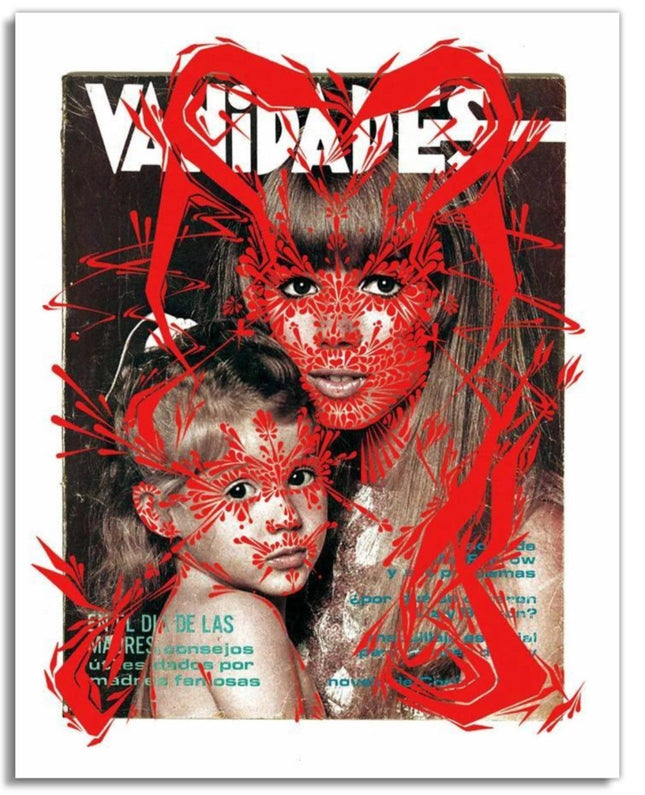
Designer Fashion and Its Resonance with Street Pop Art
Designer fashion, often seen as the pinnacle of creativity and craftsmanship within the clothing industry, has found an unexpected but harmonious synergy with the raw, expressive nature of Street Pop Art and Graffiti Artwork. This intersection has sparked a dialogue between two seemingly disparate worlds, resulting in a fusion of high fashion with the gritty aesthetic of urban art. Designer brands, known for their meticulous attention to detail and innovative designs, have increasingly drawn inspiration from street art's vibrant visuals and social commentary. This has led to the creation of collections that embody graffiti's rebellious spirit and visual impact, bringing a fresh perspective to luxury fashion. The streets have become a source of inspiration for designers looking to infuse their creations with a sense of authenticity and edge that resonates with contemporary audiences. Street Pop Art, characterized by its bold color, graphic lines, and often provocative imagery, offers a rich palette from which designers can draw. Incorporating these elements into high-end fashion has given rise to garments that are visually striking and carry the subversive undertones of street culture. This blending of influences has challenged traditional notions of what designer fashion can be, expanding the creative horizons of the industry. Designer fashion as a topic in graffiti street pop art is an exciting fusion of two seemingly distinct art forms. This concept brings together the world of high fashion and street art's raw, urban energy, creating an exciting visual and cultural experience. Here are some key ideas to consider when exploring designer fashion in graffiti street pop art: Brand logos and motifs: Incorporating recognizable brand logos and motifs into graffiti street pop art can create striking visual effects. Artists might reimagine these elements in their unique style, playing with color, form, and texture to create something fresh and dynamic. Fashion icons: Pay homage to fashion icons such as designers, models, and other industry influencers by featuring their portraits or quotes within graffiti street pop art. This can serve as a tribute to those who have shaped the fashion world and bring a sense of history and personality to the artwork. Social commentary: Graffiti street pop art often contains messages or commentary on social, political, or economic issues. By incorporating these themes, artists could explore the fashion industry's impact on the environment, labor practices, or consumerism. Streetwear and fashion collaboration: Streetwear brands have increasingly collaborated with high fashion designers, blurring the lines between the two worlds. This creates an opportunity for graffiti street pop artists to draw inspiration from these partnerships and create art that reflects this fusion of styles. Visual elements: Incorporating elements of designer fashion, such as patterns, textiles, and silhouettes, into graffiti street pop art can result in intriguing visual compositions.
Impact and Influence of Street Aesthetics in Designer Fashion
The interplay between designer fashion and Street Pop Art goes beyond mere aesthetic appreciation; it is a cultural exchange that reflects the evolving landscape of art and society. The fashion industry's embrace of street art signifies a recognition of the cultural significance of this art form and its creators. It is an acknowledgment that the messages conveyed through graffiti and street art — often centered on themes of resistance, identity, and community — have a place within the narratives that designer fashion seeks to tell. In turn, street artists have found new canvases to display their work, with designer garments acting as mobile murals that traverse the global stage. This exchange is evident in the collaborations between prominent street artists and luxury fashion houses. These partnerships have produced iconic pieces where the artist's signature style is woven into the fabric of designer wear. These collaborations are not just commercial ventures; they are a form of mutual endorsement that lends authenticity to the fashion pieces and elevates the status of the street artist within the art world. The result is a collection that captures the zeitgeist, marrying the exclusivity of designer fashion with the inclusivity of street art. The impact of street aesthetics on designer fashion can be observed in the way that traditional luxury symbols are reimagined through the lens of street art. Iconic logos and patterns are reworked with a streetwise twist, infusing them with a new life that resonates with a younger, more diverse audience. This has led to the resurgence of some designer brands that have cleverly aligned themselves with the street art scene, tapping into its cultural capital to rejuvenate their image and appeal to a broader demographic.
Furthermore, the influence of Street Pop Art and Graffiti Artwork on designer fashion has led to a democratization of luxury fashion. Limited-edition releases, often featuring street art-inspired designs, have become highly coveted items, blurring the lines between high art and accessible fashion. This trend reflects a shift in the fashion industry towards more inclusive and varied expressions of creativity, where the value of a garment is enhanced by its artistic significance rather than just its brand name or price tag.

